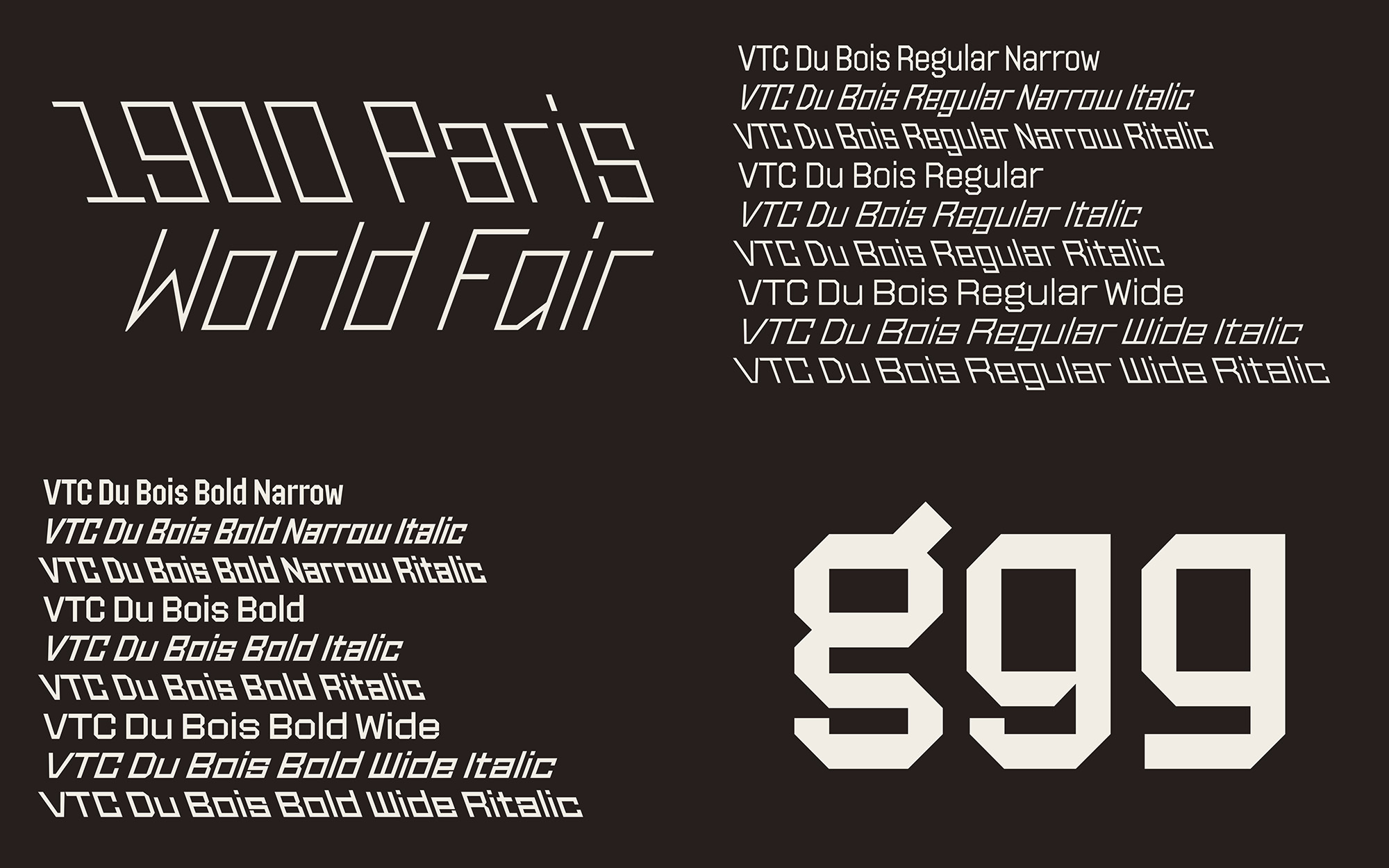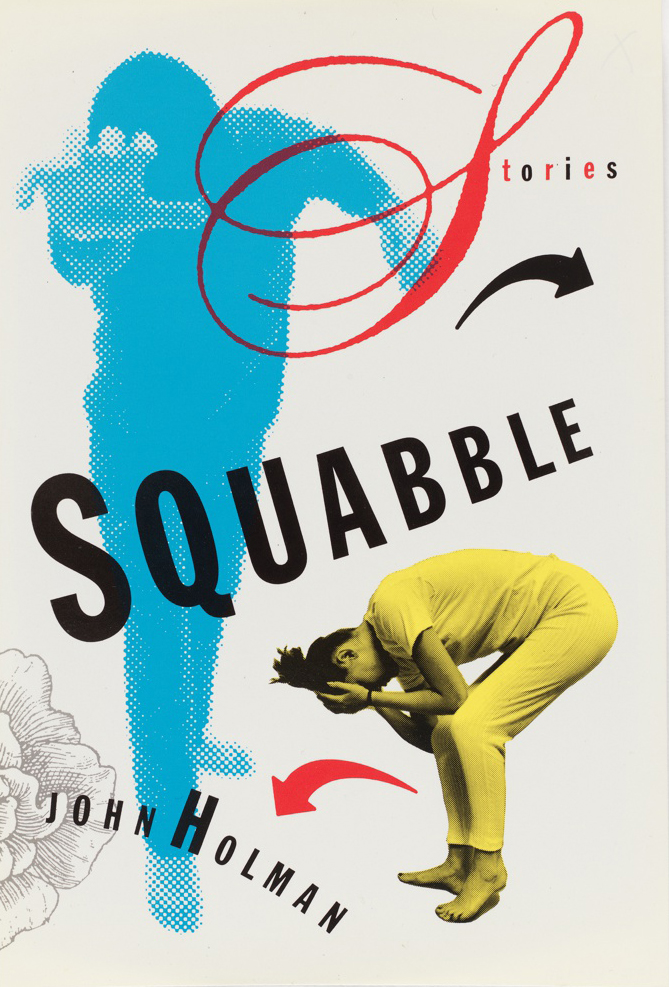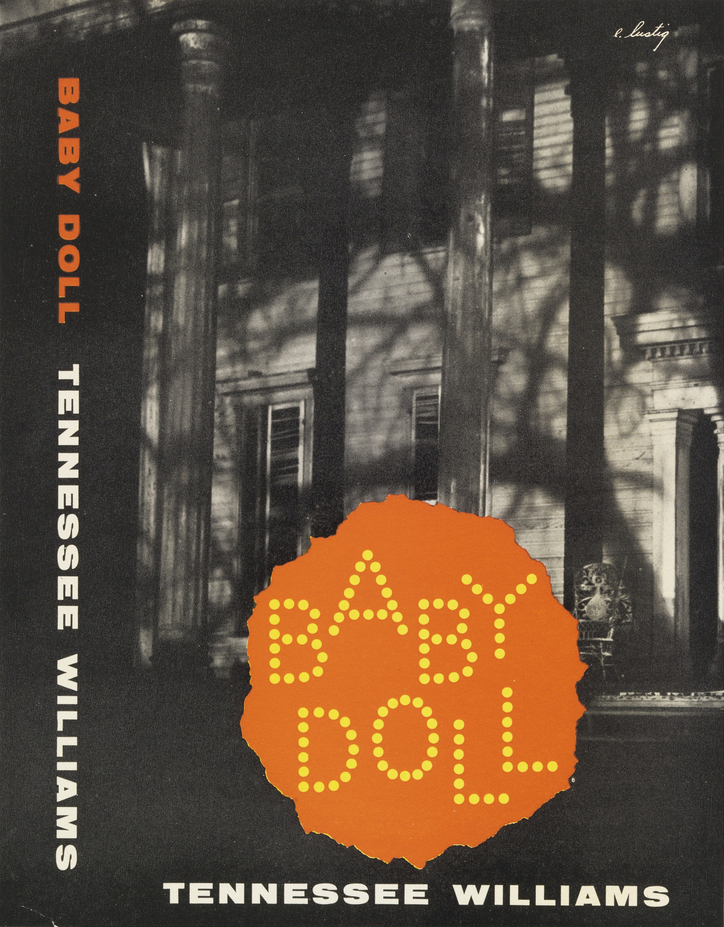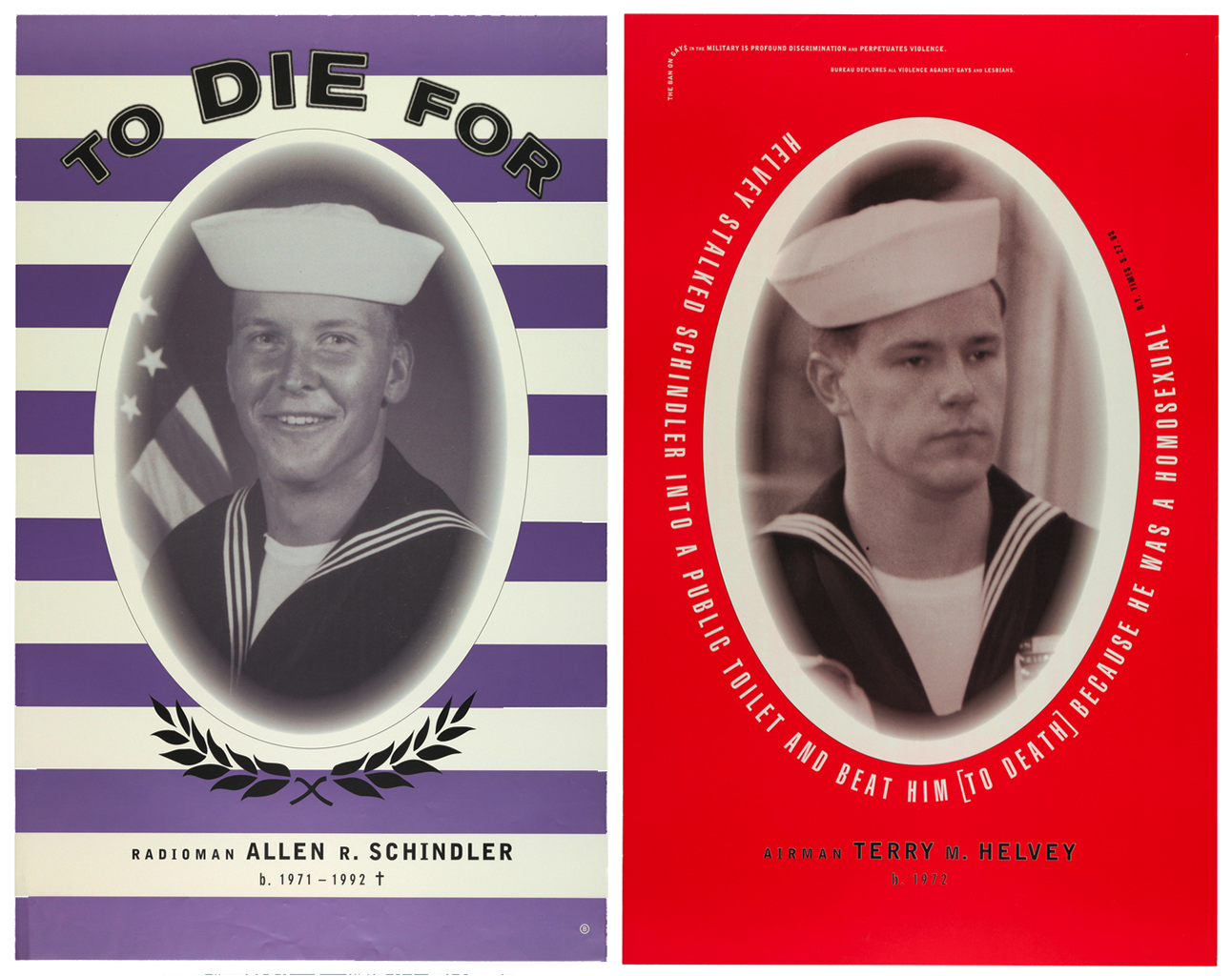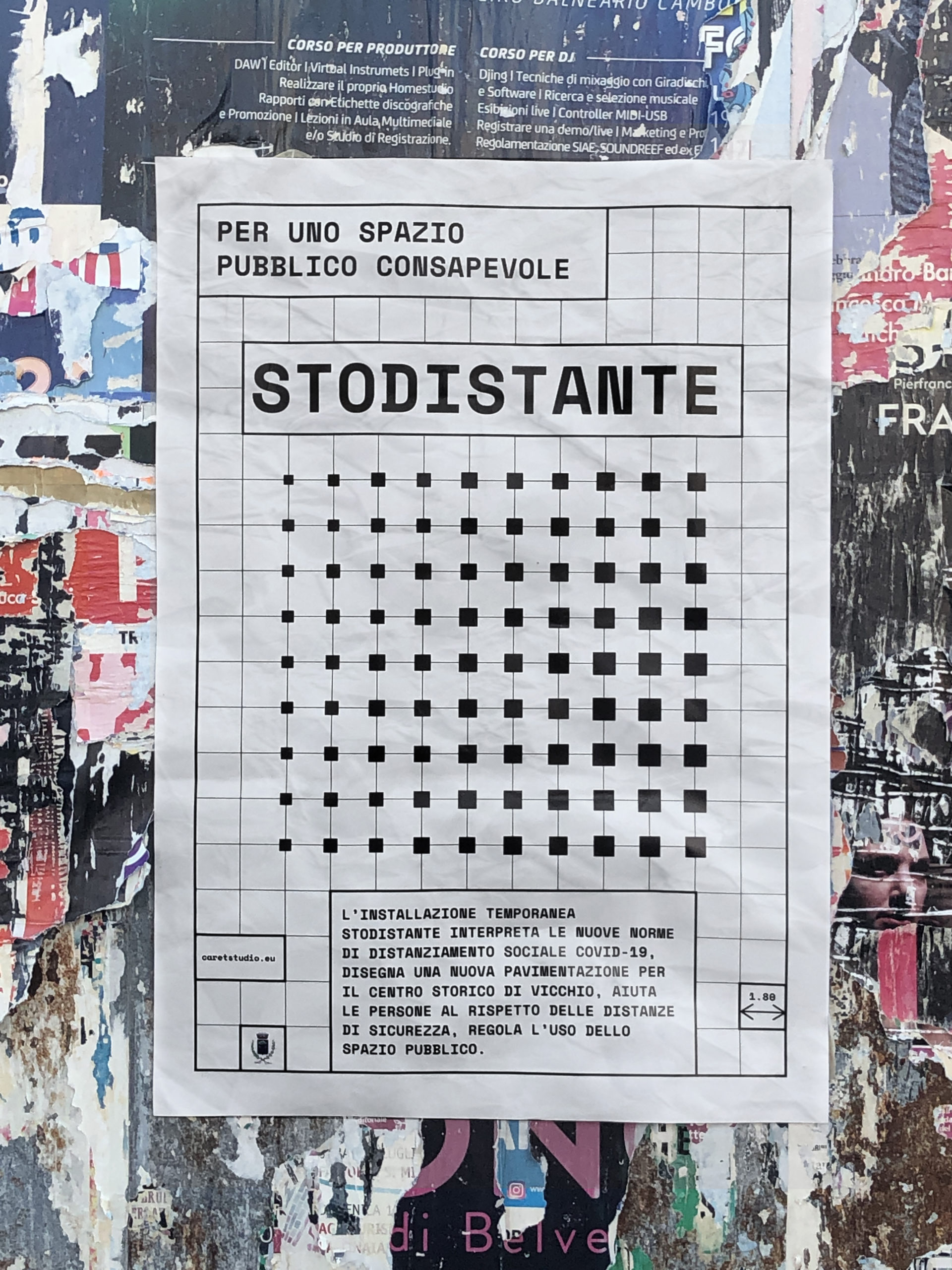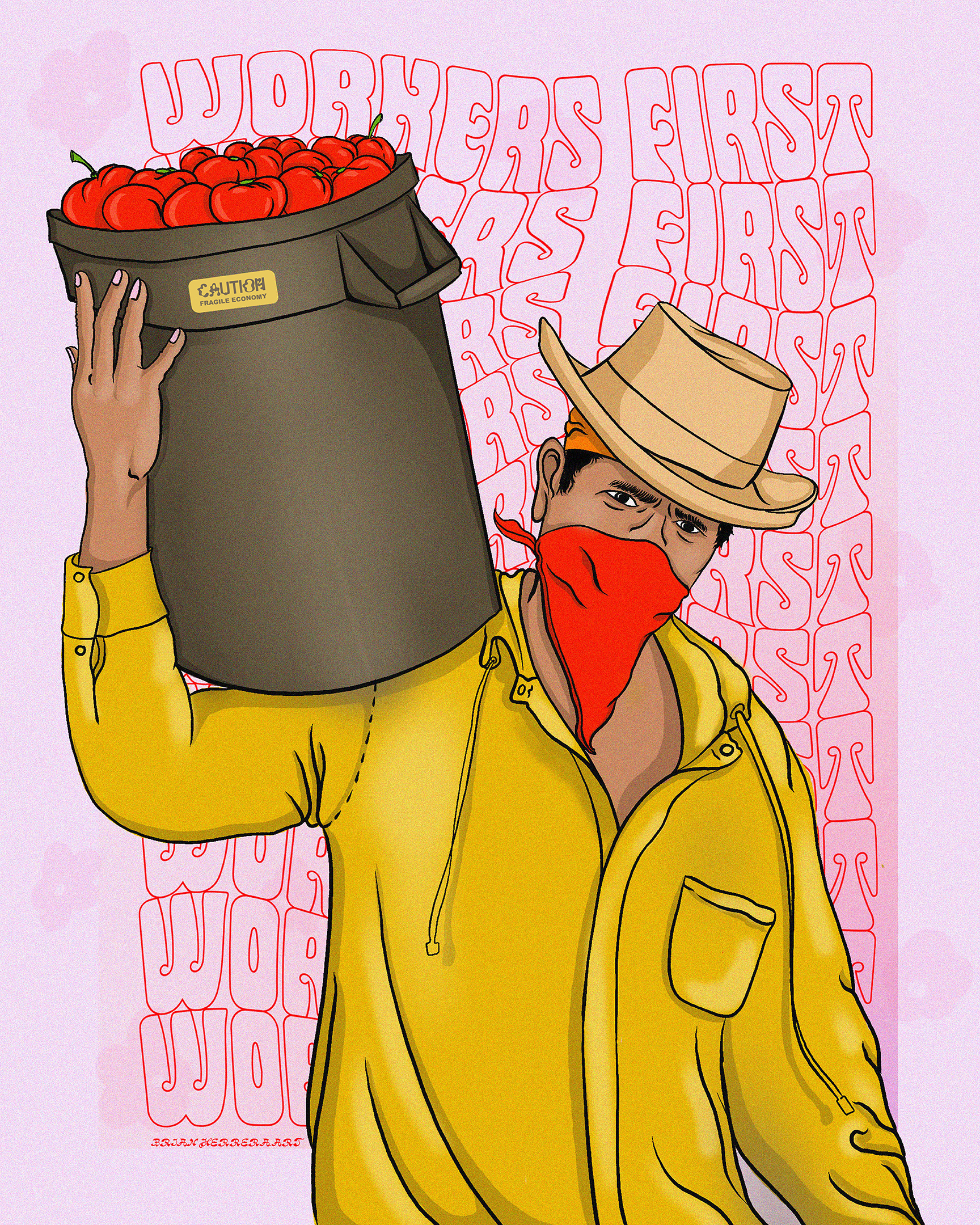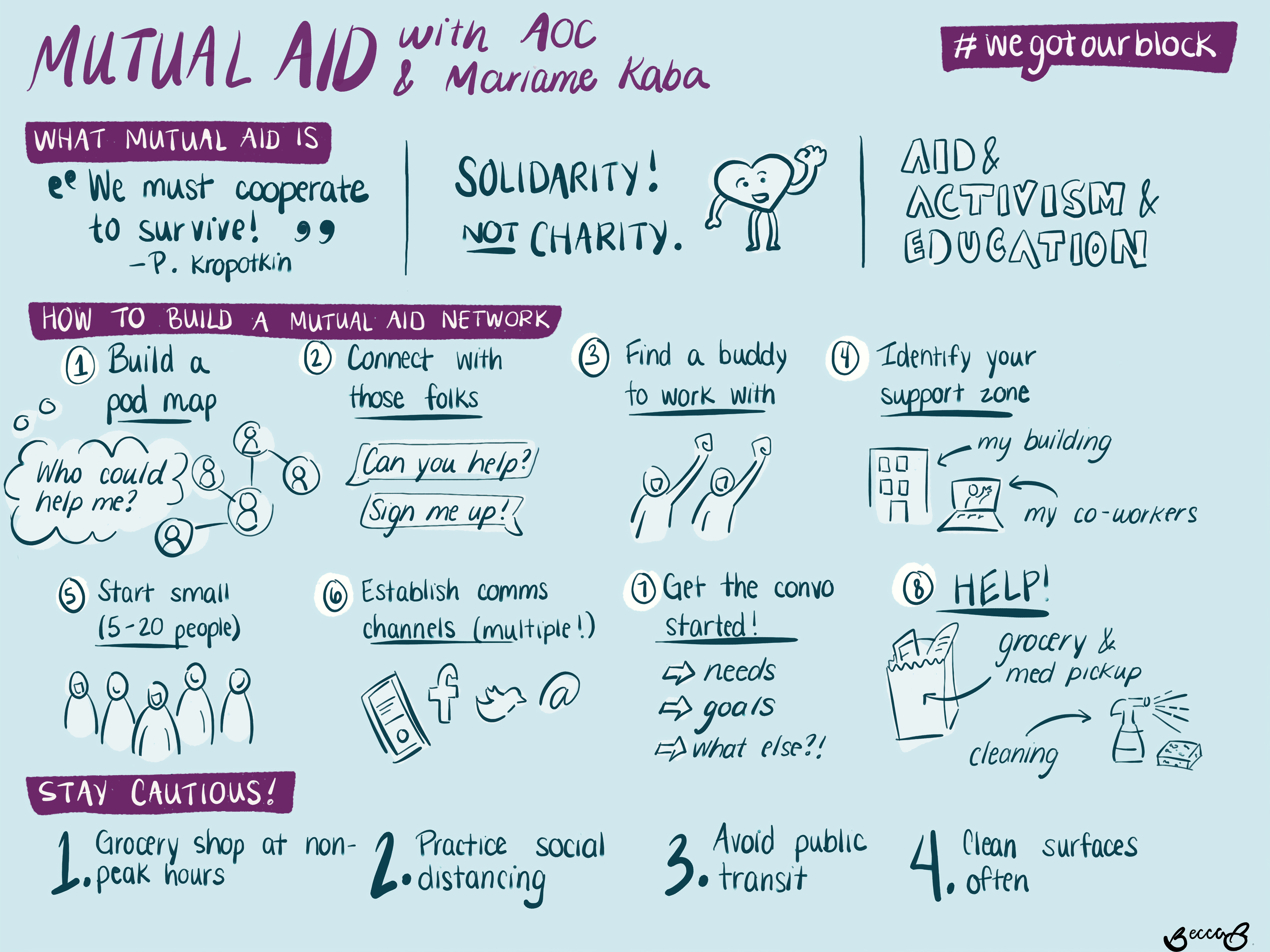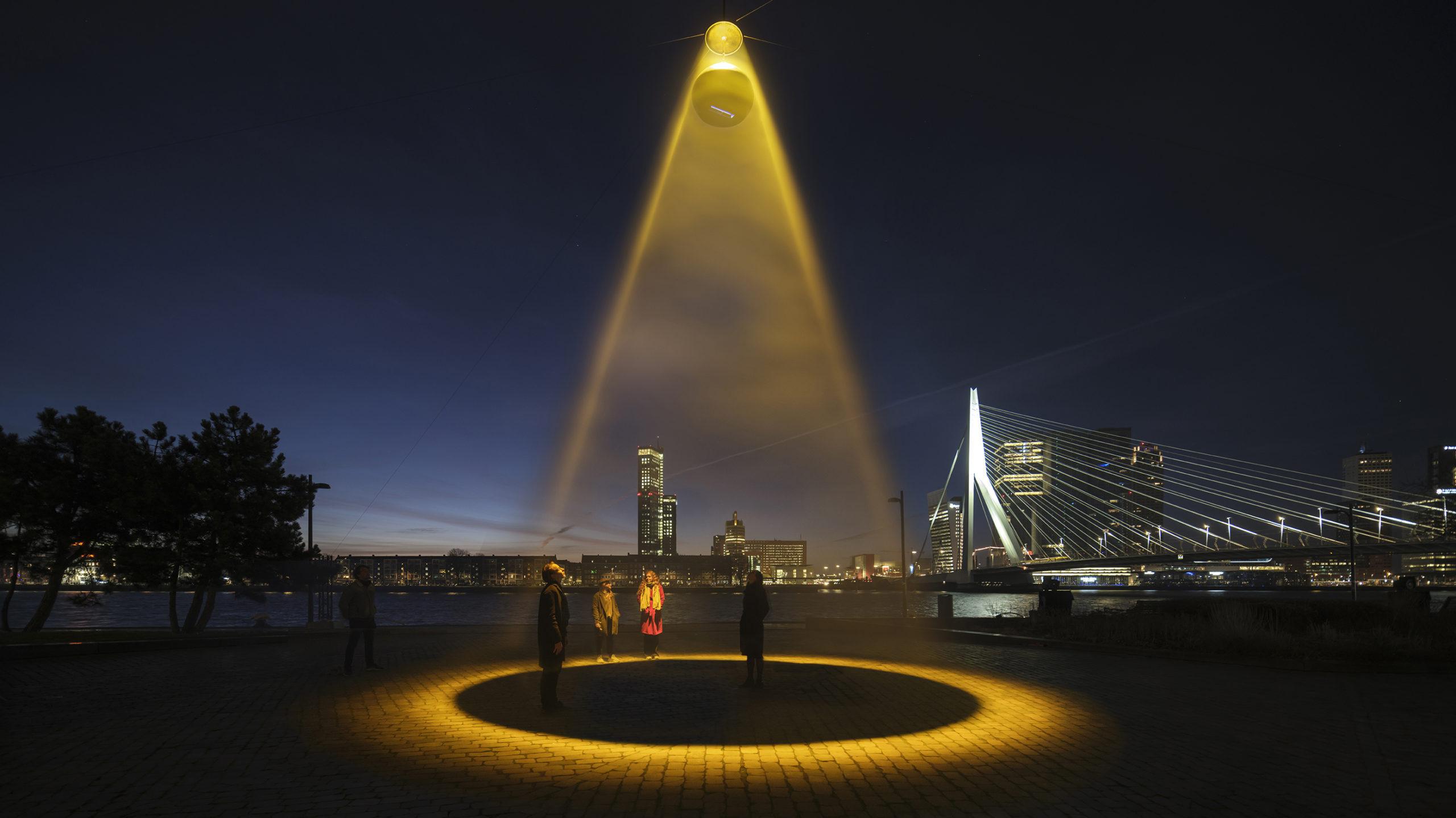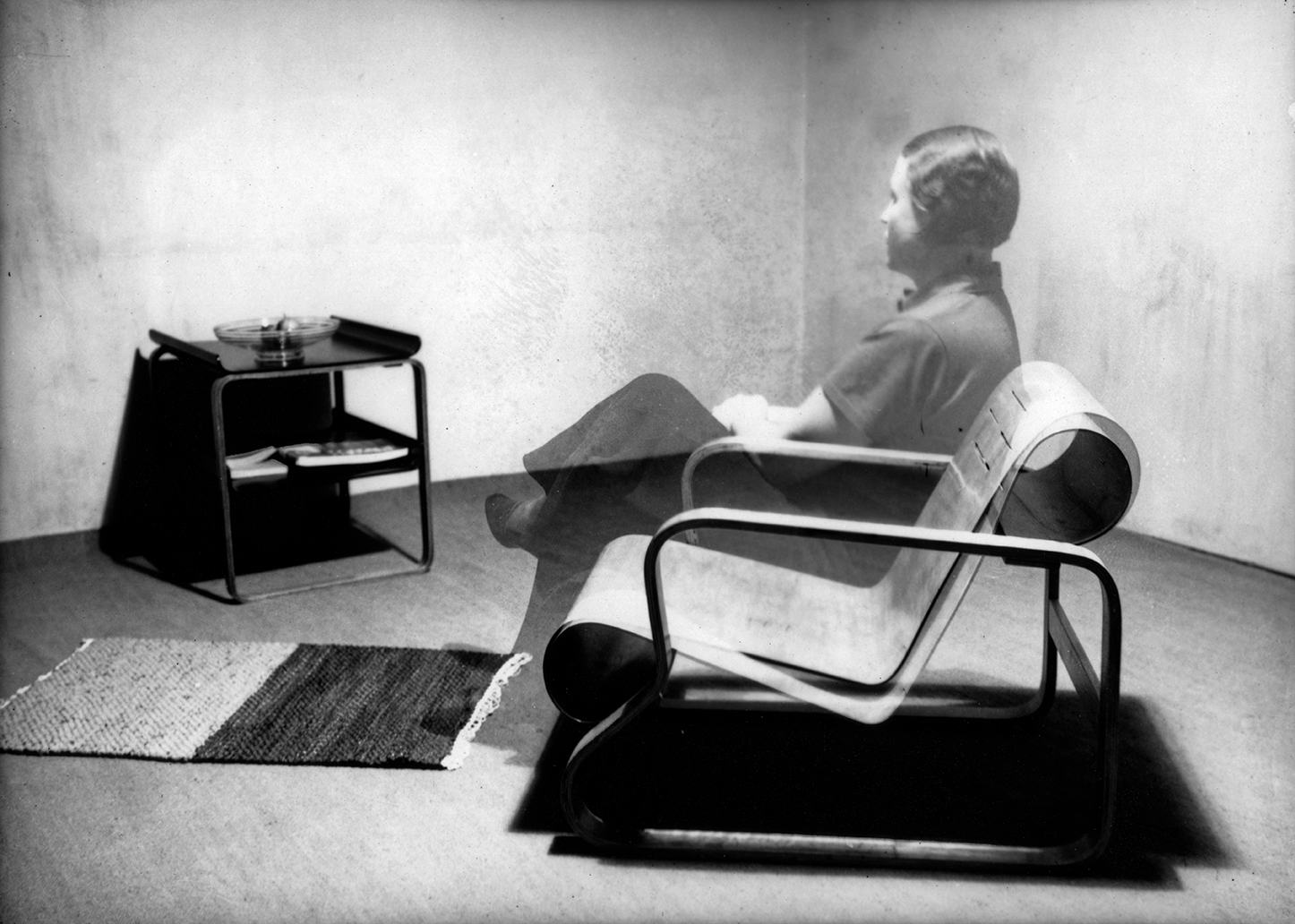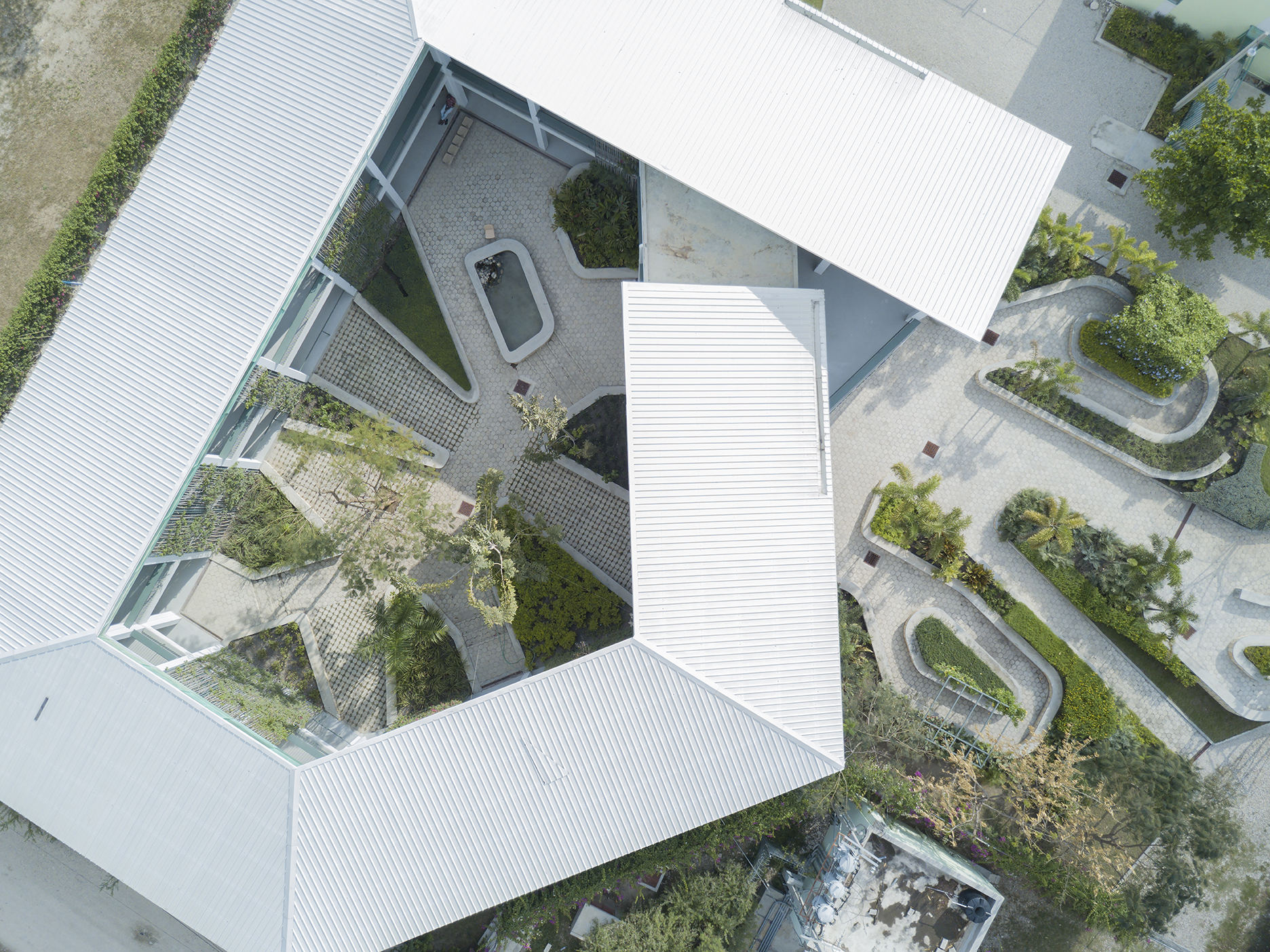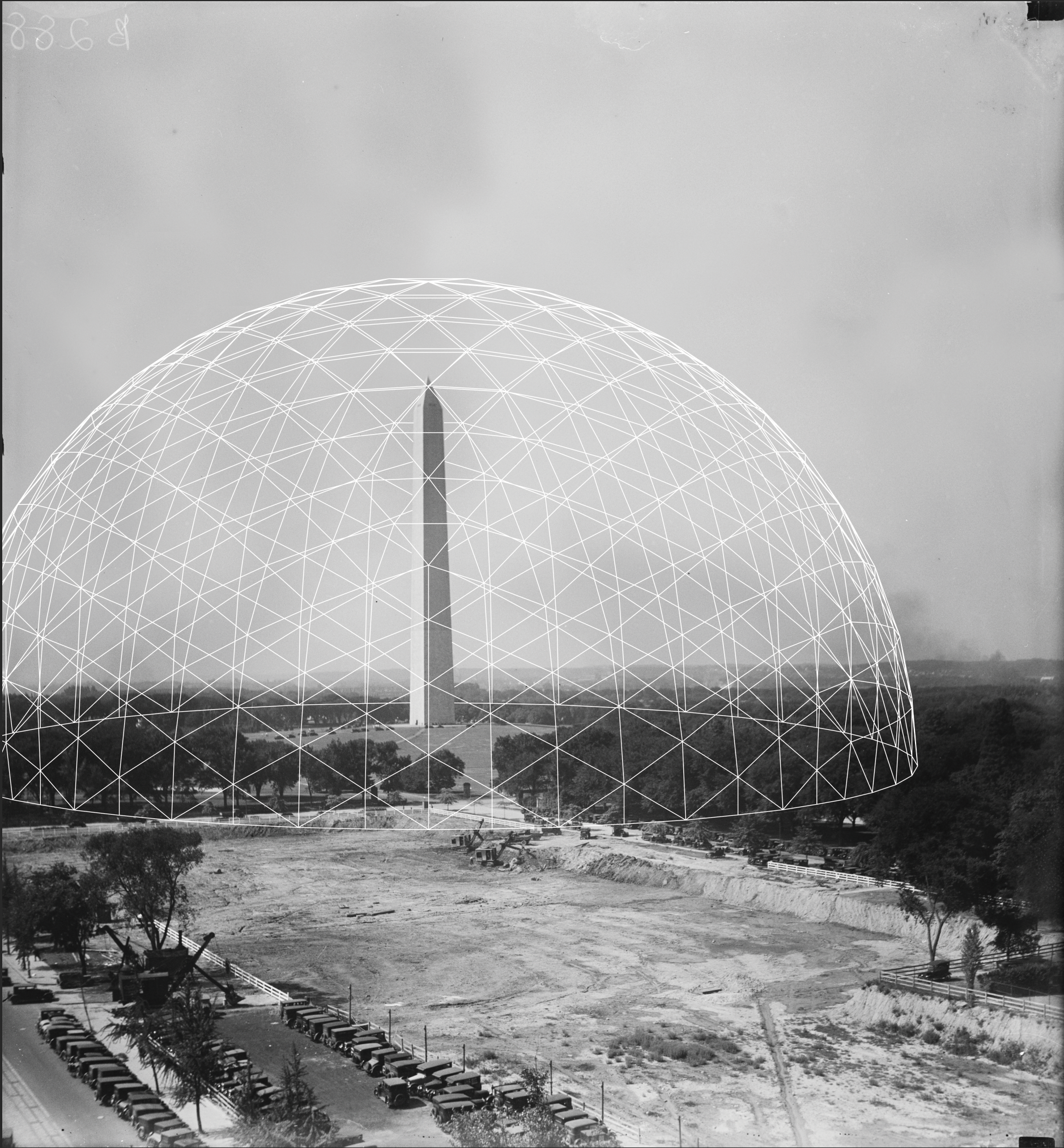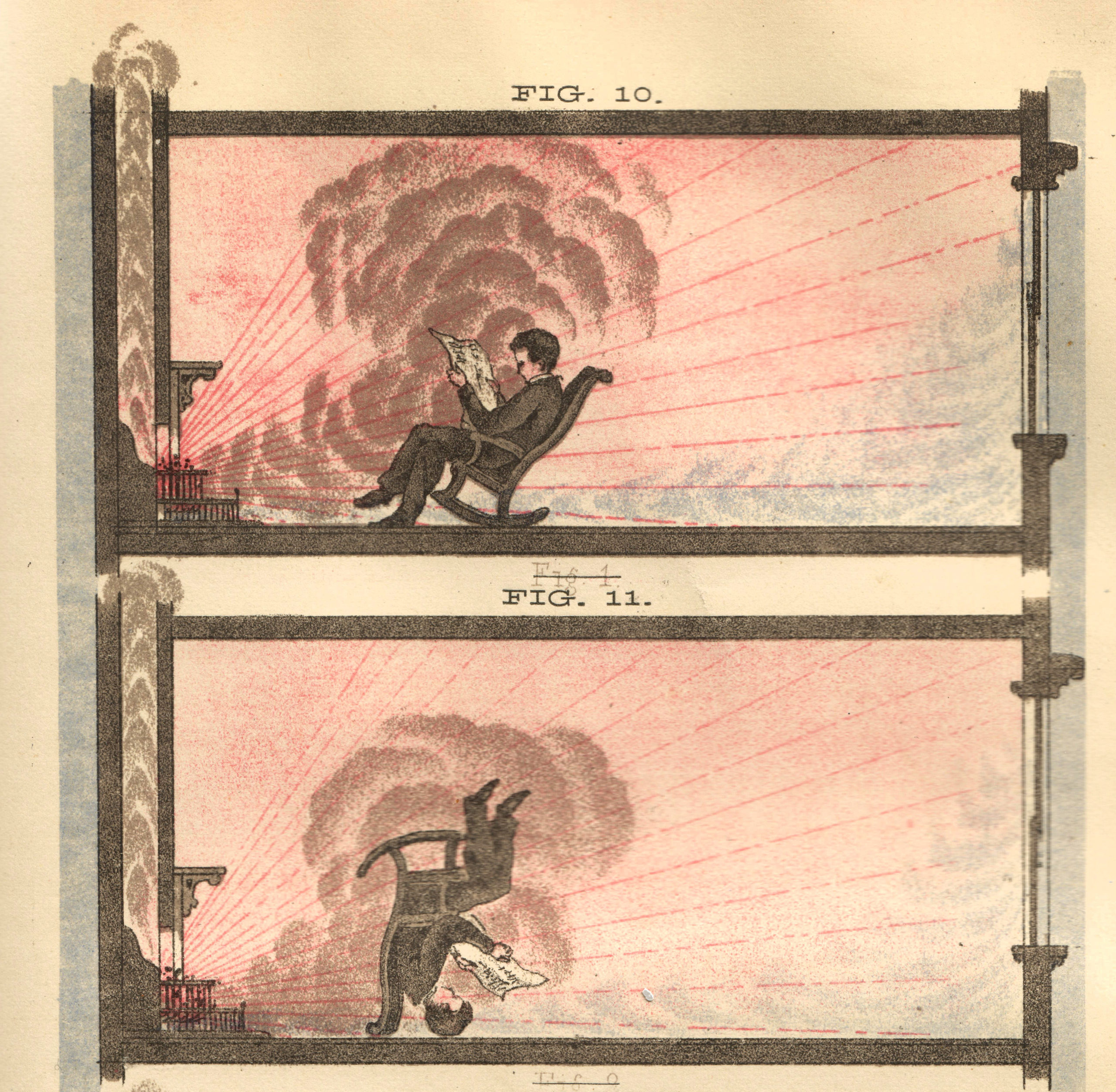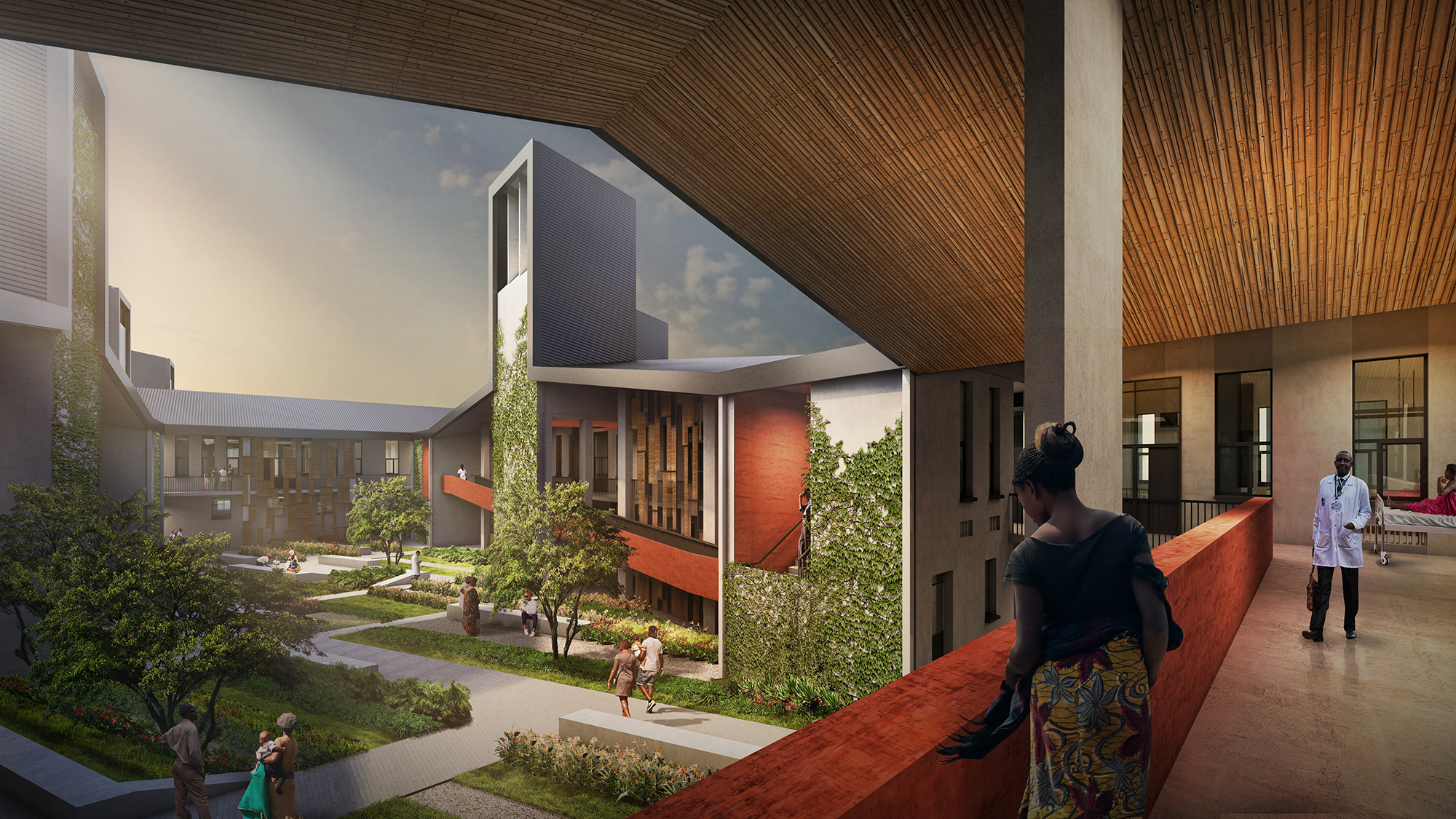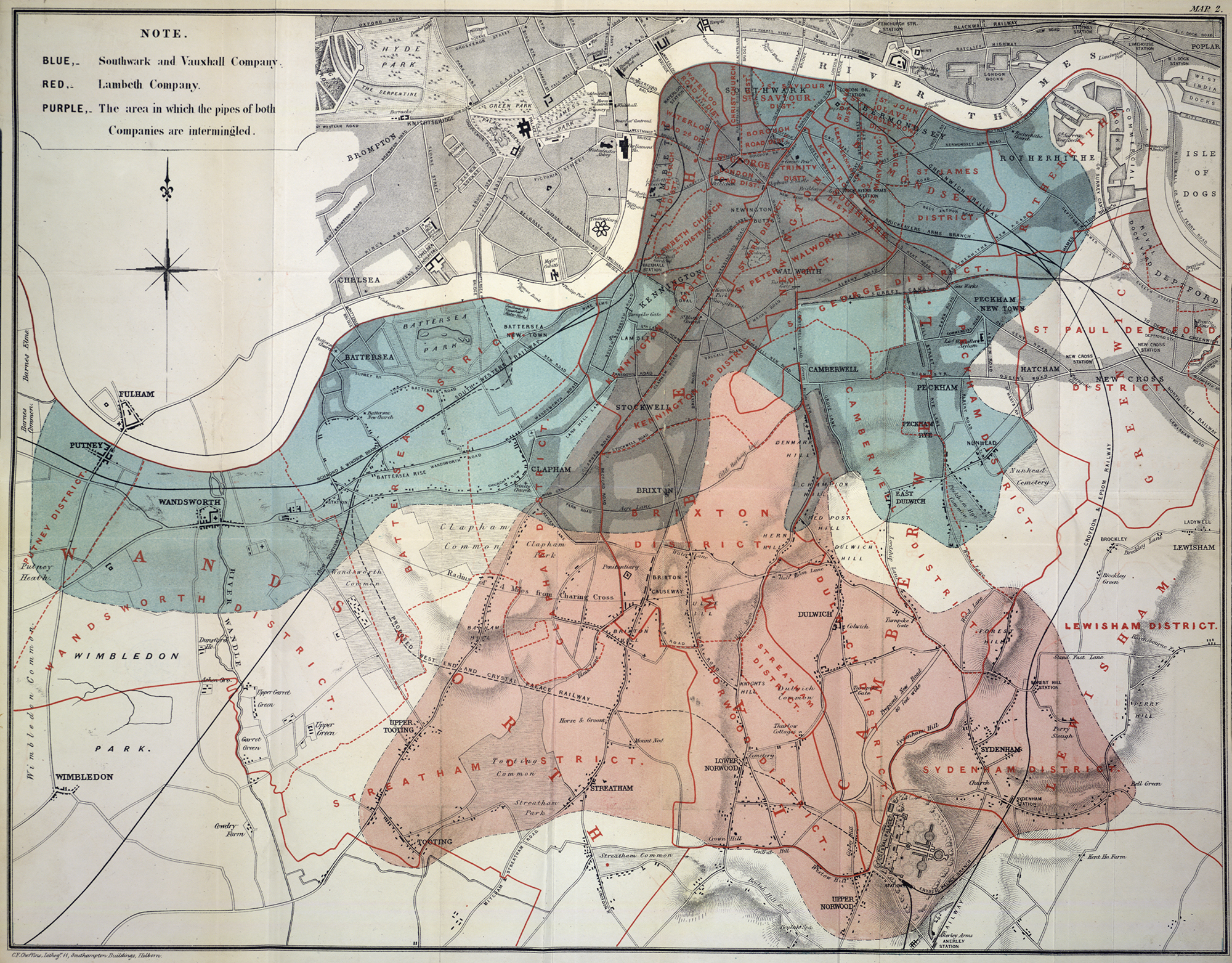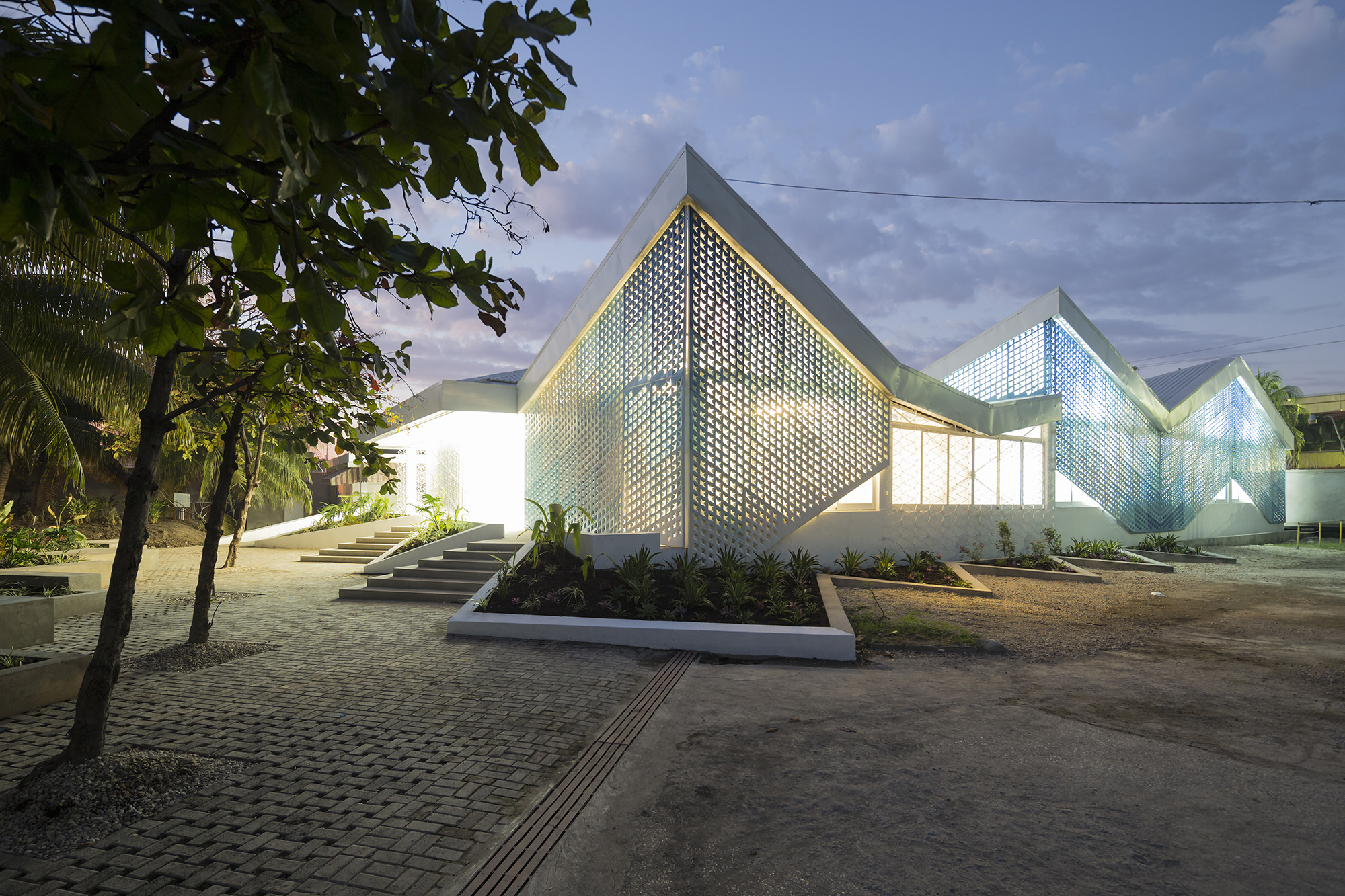The typography in Du Bois's data visualizations was composed of simple lines for efficient transcription and has inspired contemporary designers.
Ellen Lupton reflects on the animated postmodern book and album covers by the graphic designer.
Alvin Lustig and Elaine Lustig Cohen designed covers for many works by Tennessee Williams that employ type and image to build an emotional setting for the text.
The tragic murder of Allen R. Schindler inspired Marlene McCarty and Donald Moffet to take a stand against anti-gay violence through graphic design.
The phrase “social distance” became common lingo early in the COVID-19 pandemic. To safely shop, work, or wait in line, people were advised to stay six feet (or two meters) apart. Graphic markers guided this new behavior. Solutions ranged from elaborate installations to hand-made solutions. Content from the exhibition Design and Healing: Creative Responses to...
Structural racism is a silent killer. Many conditions of daily life affect people’s health, including access to transportation, education, safe housing, nutritious food, clean air and water, and green space. Economic policies in the United States have routinely confined people of color in neighborhoods lacking these essential resources. Pandemics, from cholera in the early 1900s...
During the COVID-19 pandemic, mutual aid organizations around the world delivered food to neighbors in need, ran errands for housebound people, and created masks and other protective equipment. Many of these loosely organized groups relied on social media and tools like Google Docs to organize volunteers. Content from the exhibition Design and Healing: Creative Responses...
In 1882, Robert Koch (German, 1843–1910) discovered the bacteria that causes tuberculosis. At the time, one in seven people in Europe and the United States died of tuberculosis. People living in poverty were especially vulnerable. Sunlight and fresh air were common treatments for tuberculosis until 1943, when antibiotics were proven to cure the disease. Sanatoriums,...
To design the Paimio Sanatorium, Alvar and Aino Aalto leveraged the best science available at the time, which called for cross-ventilation and heliotherapy (exposure to sunshine) to treat and prevent tuberculosis. They considered everything from chairs and sinks to closets and beds. Sinks with angled basins were designed to minimize the sound of splashing water....
Tuberculosis remains a pandemic disease today, afflicting people in every country on Earth. An outbreak of multidrug-resistant tuberculosis hit Haiti after the 2010 earthquake. Patients require treatment for up to 24 months, and they remain infectious during the first few months of treatment. MASS Design Group designed the GHESKIO Tuberculosis Hospital in Port-au-Prince to provide...
Mosquitoes have been linked with illness for thousands of years. Mosquito nets became popular around the world after 1897, when it was proven that a parasite spread by mosquitoes causes malaria. Colonial governments in West Africa were slow to adopt strategies for controlling mosquitoes, such as nets, window screens, and insecticide. Promoting the racist notion...
Although ventilation is known to prevent disease, many modern buildings are sealed environments with fixed windows or windows that are opened rarely. The COVID-19 pandemic revealed the dangers of this approach. If not adequately filtered, recirculated air spreads viral particles indoors. The COVID-19 pandemic prompted a public reckoning and challenged architects to rely less on...
Since 2010, MASS Design Group has worked with the Liberia Ministry of Health in Africa on numerous projects. The masterplan for the New Redemption Hospital in Caldwell aims to avert future epidemics and deliver comprehensive services to a growing population. The New Redemption Hospital faces the prevailing wind to facilitate natural cross-ventilation. Solar chimneys enhance...
John Snow (British, 1813–1858) helped found epidemiology, the study of the distribution and causes of disease. In the 19th century, many people believed that cholera was caused by the unhealthy habits of people living in poverty. Snow’s scientific maps proved that contaminated water—not dirty air or an immoral lifestyle—caused the spread of cholera. Driven partly...
Cholera—a curable, preventable disease—did not exist in Haiti before the earthquake of 2010. The GHESKIO health center asked MASS Design Group to design a permanent facility to replace temporary cholera treatment tents. The Cholera Treatment Center creates its own water and sanitation infrastructure. A rainwater catchment system collects and filters water. The building can sanitize...
